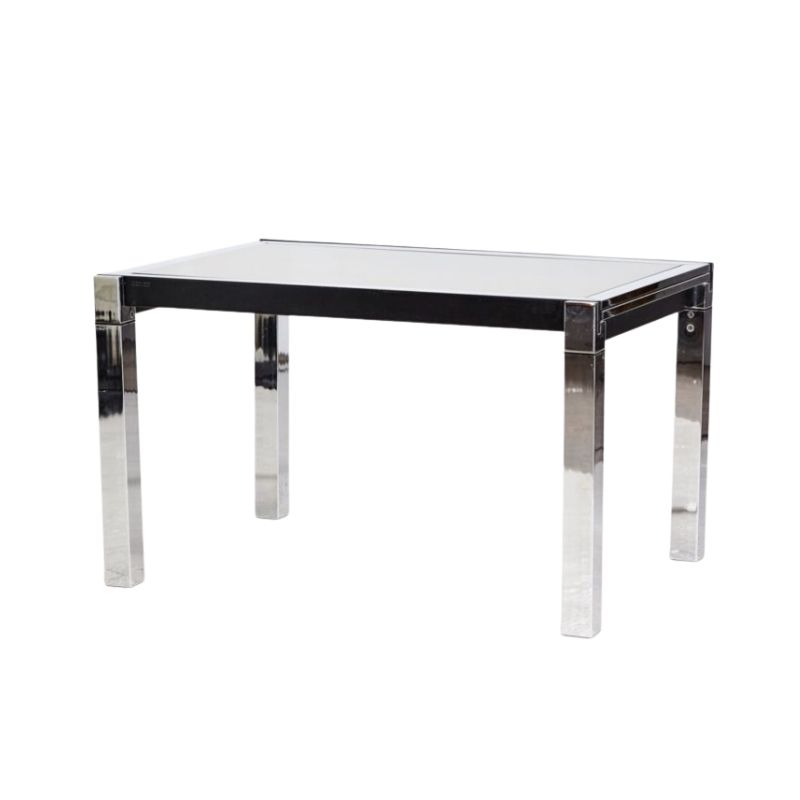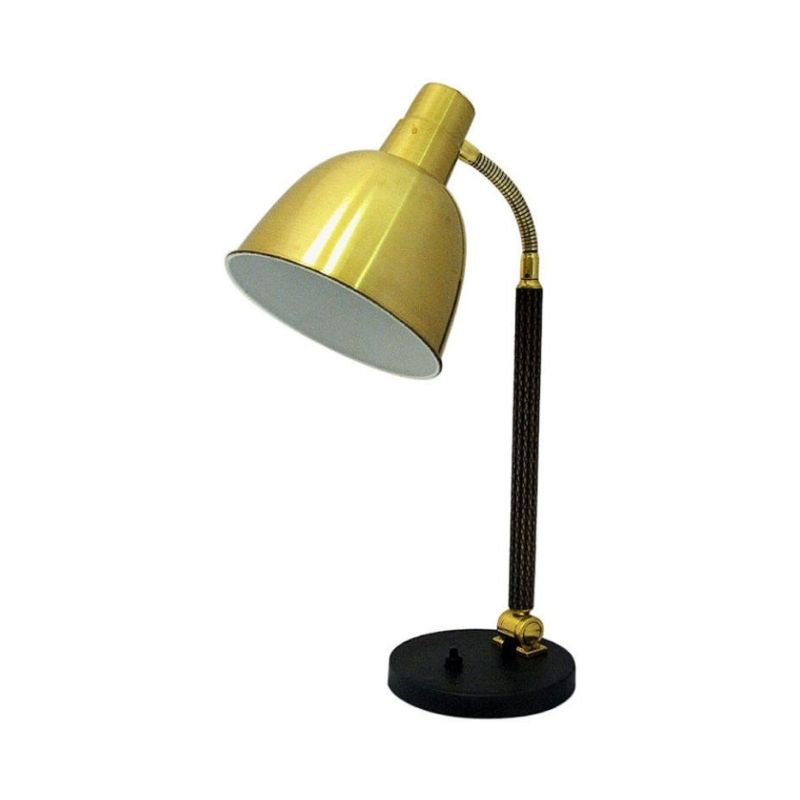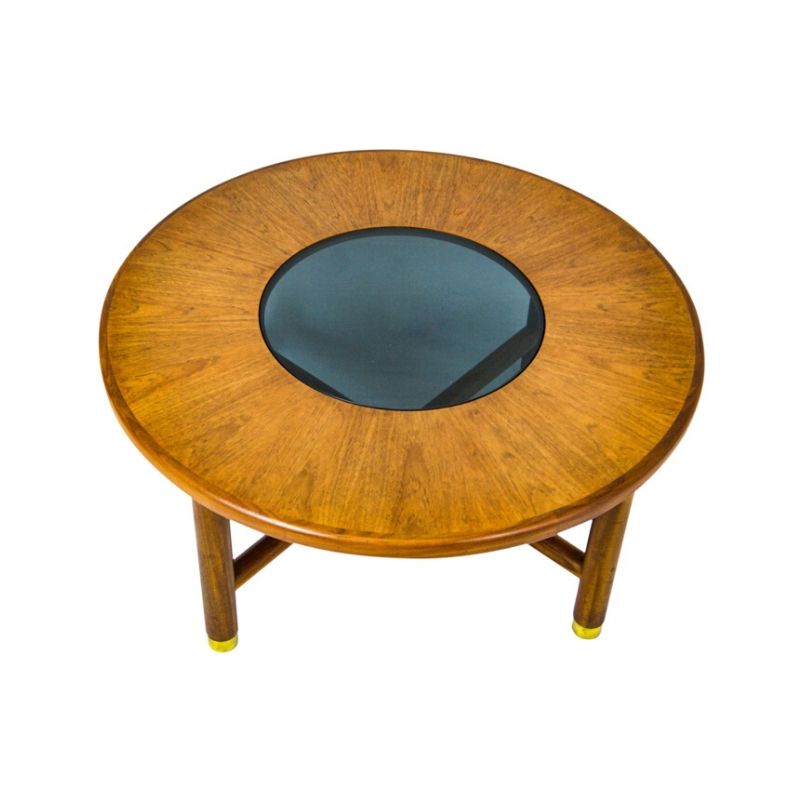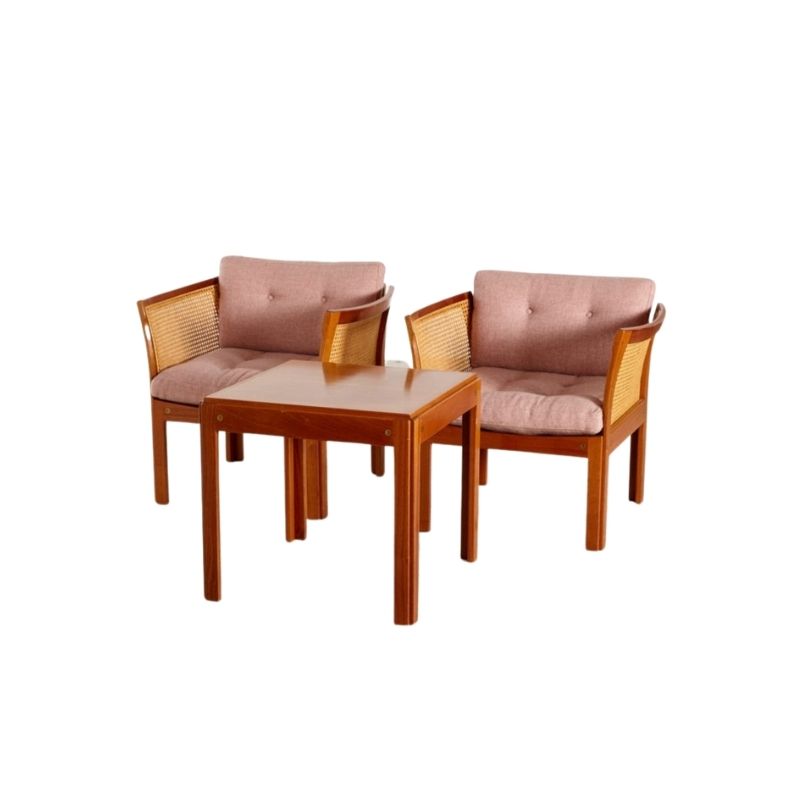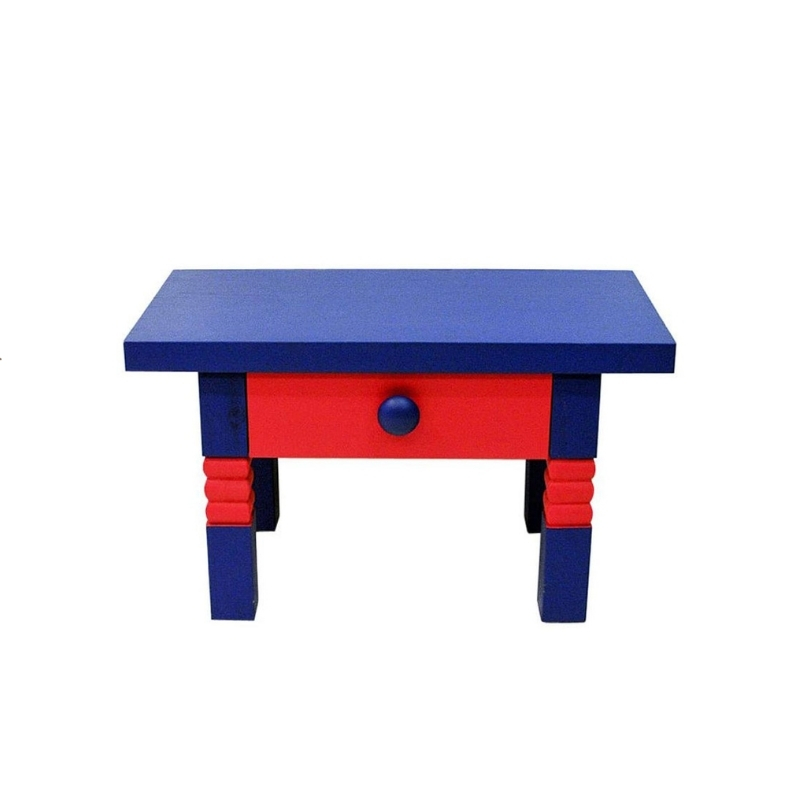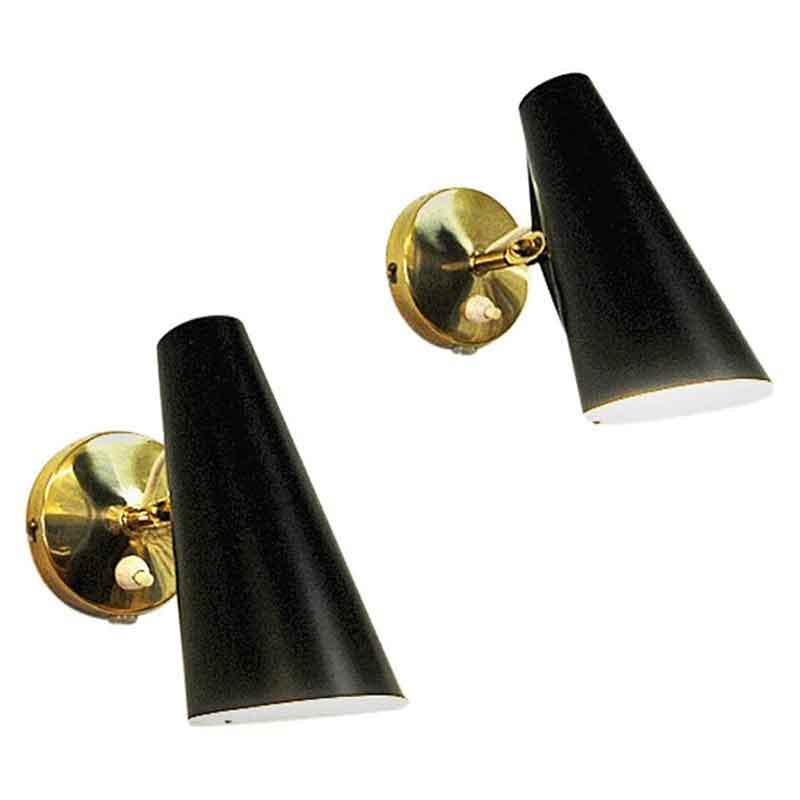I have a teak Gudme Mobelfabrik dining table by Niels O. Møller (pictured below). I would like to refinish it and I'm not 100% sure it's a solid top and or a veneer. Before plunge into it does anyone know for sure if these Gudme tables were solid or not?
Thanks
-Kav.
This is my refinishing process I was going for:
1: Clean the table with a furniture cleaner.
2: Use a Chemical stripper - Jasco paint and epoxy remover a methylene chloride stripper which will remove all the old finishes and not harm or change the color of the wood.
3: Neutralize the stripper with lacquer thinner.
4: Sand with 220 grit if it's a veneer or if it's solid go for a more aggressive sanding.
5: Rub with fine '0000' steel wool to smooth out the surface.
6: Clean the dust with a tack cloth
7: Apply Watco Teak Oil, let it sink into the wood for 20 - 30 mins and then wipe off the access before it goes 'gummy'. Let dry for 24 hrs and repeat if necessary.
Anything I'm missing? Any tips for sun damage? The leaves are darker than the top. I want to even out the color of the table overall, how do I go about that?

Rule of thumb
Is that when solid timber is used the end grain will be shown off.
When veneer is used the edging will be running horizontal to make a clear distinction.
Gudme made some tables in solid block wood but again it is clear to see it.
Yours is veneer and i would rub down the surface with 0000 steelwool soaked in oil. Dry off excess and re-oil next day.
Steel wool and Oil will do...
Steel wool and Oil will do nothing for sun damage.
Chemical stripping & light sadning will also do nothing for sun damage.
The table is obviously veneered but if the table has never been refinished before, it should be ok to sand a bit.
Sun damage can go fairly deep into the surface.
You have to accept that the sun damage cannot be completely eliminated.
You can improve it some, but it will require some moderate sanding, this can be risky with a veneered top.
If you want to take the gamble, forget about chemical stripping. Get started with some 150 and be brisk and do not linger anywhere too long. This should get you through the varnish and upper layer of veneer. Then start working on the sun damaged areas specificaly either with 150 or if you feel unsafe with some 220 grit.
The when the surface is prepared DO NOT USE Watco Teak Oil!
Use Watco Danish Oil instaed, this will be closer to the tables original finish. They sell it in different shades but clear/natural is the one you need.
After a few coats and a couple of days of curing, finish it off with a couple of coats of minwax wipe-on poly.
This should be appropriate for a dining table surface.
Interesting ...
Pulled from the interwebs.
Tung Oil Finishes (ala Minwax Tung Oil Finish) are oil/varnish mixtures that contain an oil, a varnish and mineral spirits. You can make your own by mixing equal parts of the three components.
Teak oil is an oil/varnish mixture that generally contains a little pure tung oil added to linseed oil. The oil mixture is then mixed with varnish and mineral spirits.
Finally, there is "Danish Oil" which is again a mixture of linseed oil, varnish and mineral spirits. See a pattern here? In other words, Tung Oil Finish, Teak Oil and Danish Oil are virtually identical. The differences are based on marketing, not performance.
If the table is veneer and I can't sand through the sun damage can I use "Danish Oil" with a teak color for the lighter pieces?
Thanks
-Kav.
Yes, Kav, the various oil finishes generally available
are more accurately wipe-on varnishes. About the only advantages to them are the relative ease of application and repair. The very thin film tends to wear off or oxidize rather quickly, hence the need to reapply periodically. More often when subjected to heavy use or harsh environments (heat, humidity, UV).
One nice thing about oil is the way it enhances the color, contrast and optical depth to the wood grain, to make it "pop", as the colloquial expression goes.
The natural waxy resins in some tropical species can cause compatibilty problems with some finishes. This is very much the case with teak, and it has a nasty reputation for being difficult to glue successfully, as well. For some reason, though, linseed oil-based "Danish" finishes don't seem to exhibit these issues with teak. Perhaps that's why they became the norm.
I'm afraid the previous posters are correct that trying to match the faded sections to the darker leaves is an unrealistic goal in this case. Even if it were, it's not a job for a novice.
If the top of your table has never been varnished, I'd go with the usual protocol of cleaning with a clean rag and either mineral spirits or naptha to remove any grime or wax, followed by re-oiling with whatever oil finish does it for you. You shouldn't need to strip it unless what remains after a good rub-down seems thick and gummy. If you anticipate hard use, or if you're not happy with the durability of 3 or 4 coats of oil, you can always apply a wipe-on poly later.
Color
can be restored by chemically stripping the top and first using a one, two or three pound cut of dewaxed orange shellac, followed by the varnish or oil of your choice. This is great, non damaging and reversible way the pros get warmth and/ or aging or color back into furniture that has been sanded or over cleaned. I have used it once on a walnut top that had to be sanded and it almost perfectly matched the rest of the piece. Link is for a great shellac primer. The important part is you can monkey with the stuff till you get what you want and then varnish or oil right over it. I will certainly be using this a lot in the future.
http://www.woodcentral.com/bparticles/shellac.shtml
Cross section of the table top
Great advice on the sun damage.
Here are a couple of shots of the cross section of the table. I can't see a veneer, it looks solid to me.
What do you think?
If it is solid could I sand the whole table with the leaves in place through the sun damage and refinish the whole table together with Teak oil / Natural Danish oils?
Thanks
-Kav.
That's pretty
convincing as solid. The dead give-away for veneer on the top is mirror-image duplication of grain in multiple leaves. Separate pieces will be visible, whether the top is made with solid planks or a veneered substrate. In solid wood there would be few if any exact duplications of grain.
If it's really solid, knock yourself out. I wouldn't expect much if any color change beyond 1/16" of depth.
If you need any help, please contact us at – info@designaddict.com




